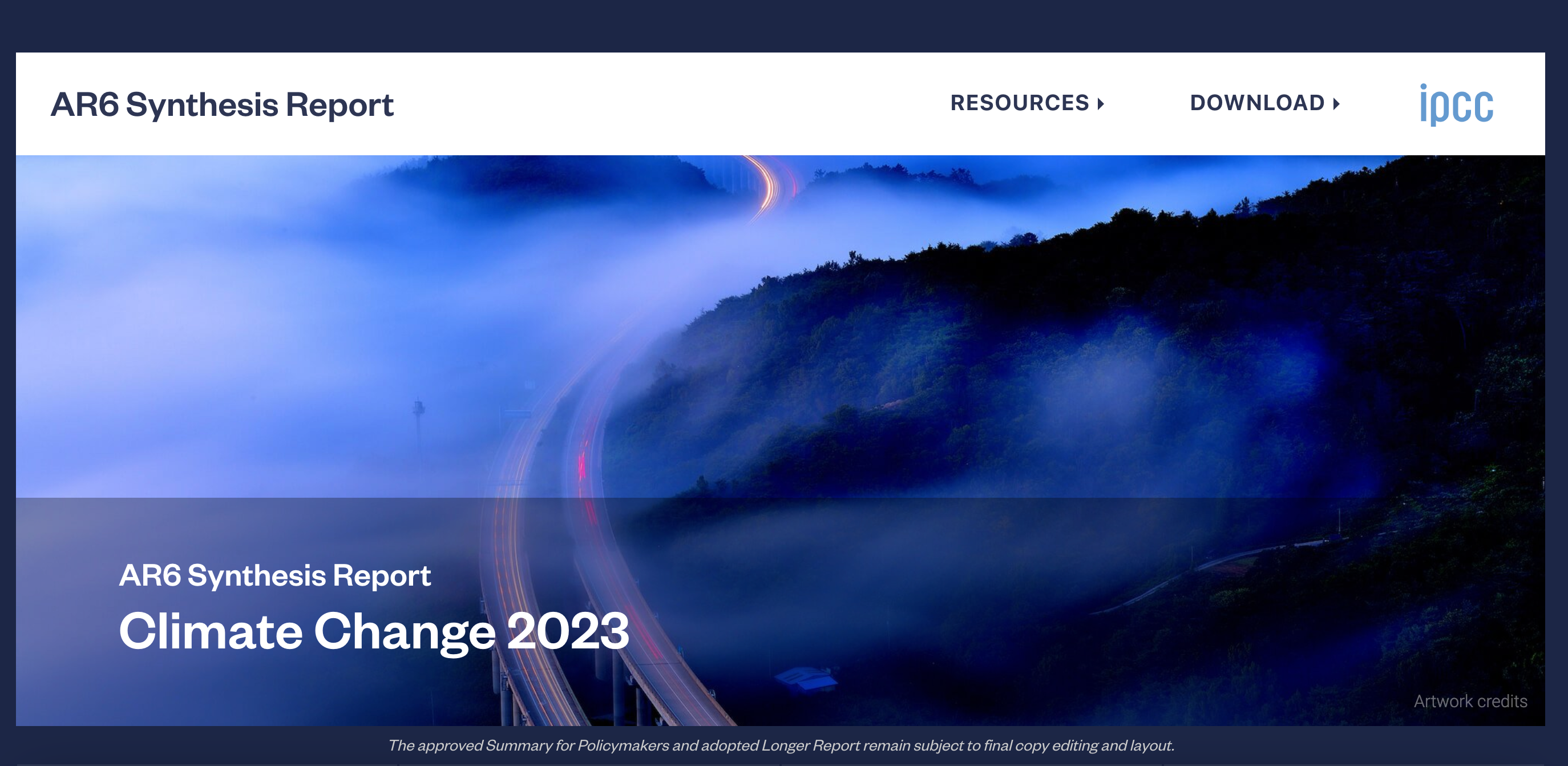The new Strategic Plan of the United Nations Development Program (UNDP) 2022-2025 has identified structural transformation, especially for the green, inclusive and digital transition, as one of its three key strategic directions. Achievement of climate goals by using new digital technologies will be possible by using data, which will provide insight into complex issues, innovations, will be used to design new solutions and tools and protective measures, and make the application of inclusive and sustainable digital technologies possible.
The strategic plan is based on UNDP’s continued commitment to eradicate poverty, by accompanying countries on their path to achieving Sustainable Development Goals and working on the Paris Agreement. It is structured following the “3x6x3” model – three directions of change, six signature solutions and three enablers – a clear framework and directions that we should follow.
This plan helps UNDP get back on the right track for achieving Sustainable Development Goals through six signature solutions – based on digitalization, innovation and development financing – to make the impact of what we do better and bigger. The plan describes how the organization can bring value to various partners and stakeholders, by combining local experience and a rich global network of UNDP offices around the world and by using the knowledge and shared experience of different countries.
Under this strategic document, UNDP will continue to support climate change adaptation and mitigation in forestry, agriculture, water and sustainable energy, as well as support ecosystems and biodiversity in more than 140 countries around the world. Building on these areas, UNDP will use new digital technologies in three priority sectors to initiate and bring about an even bigger, stronger and better impact in these areas in the future.
 Back to previous page
Back to previous page






